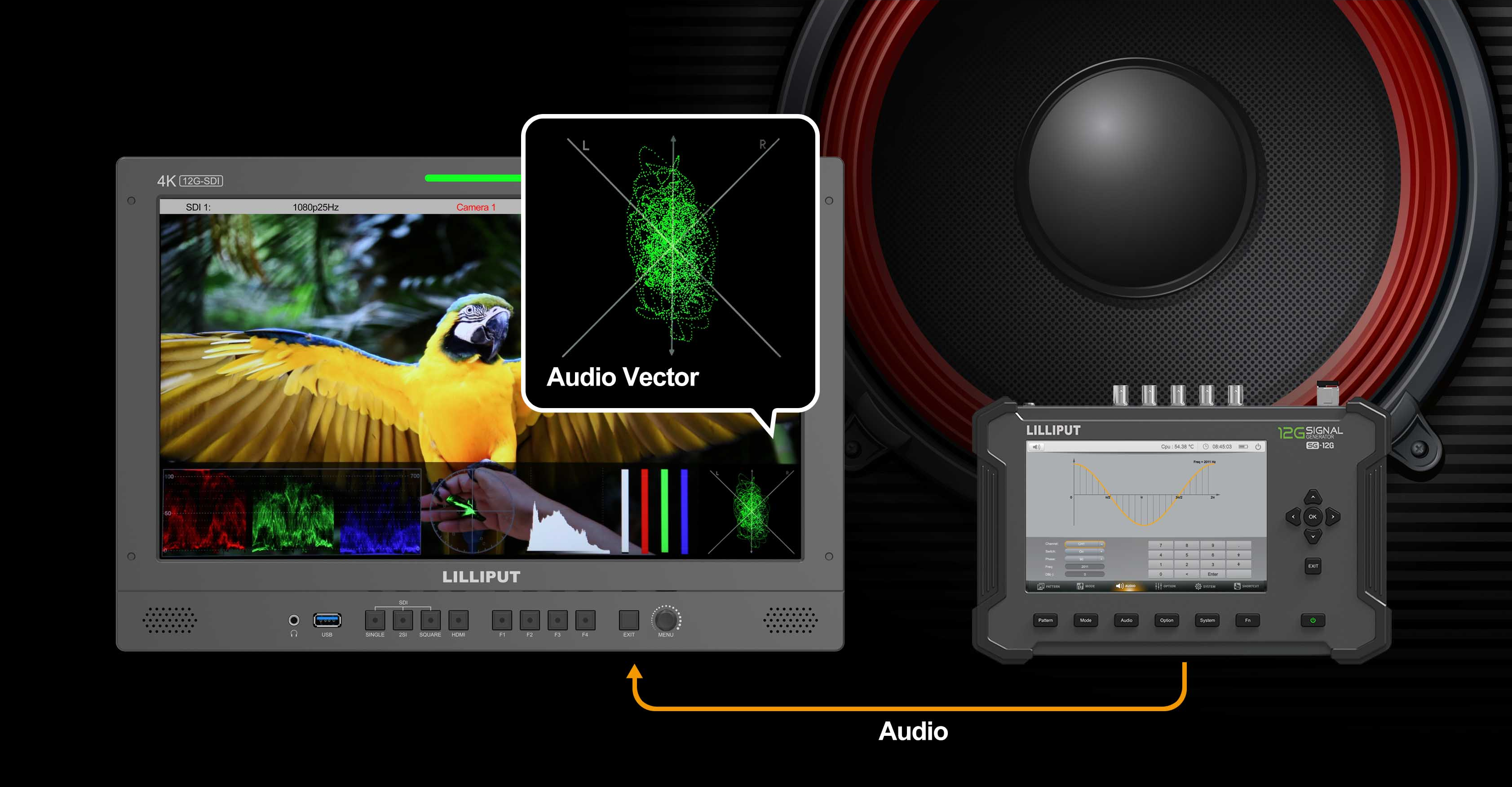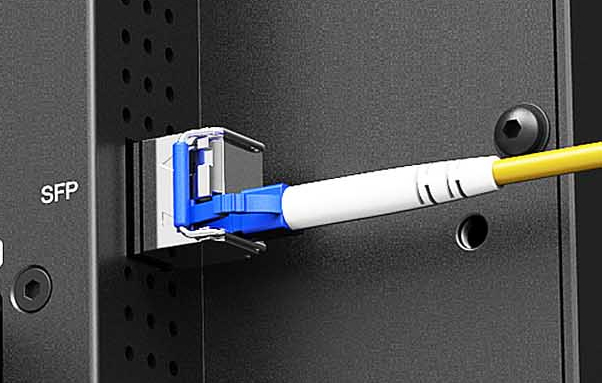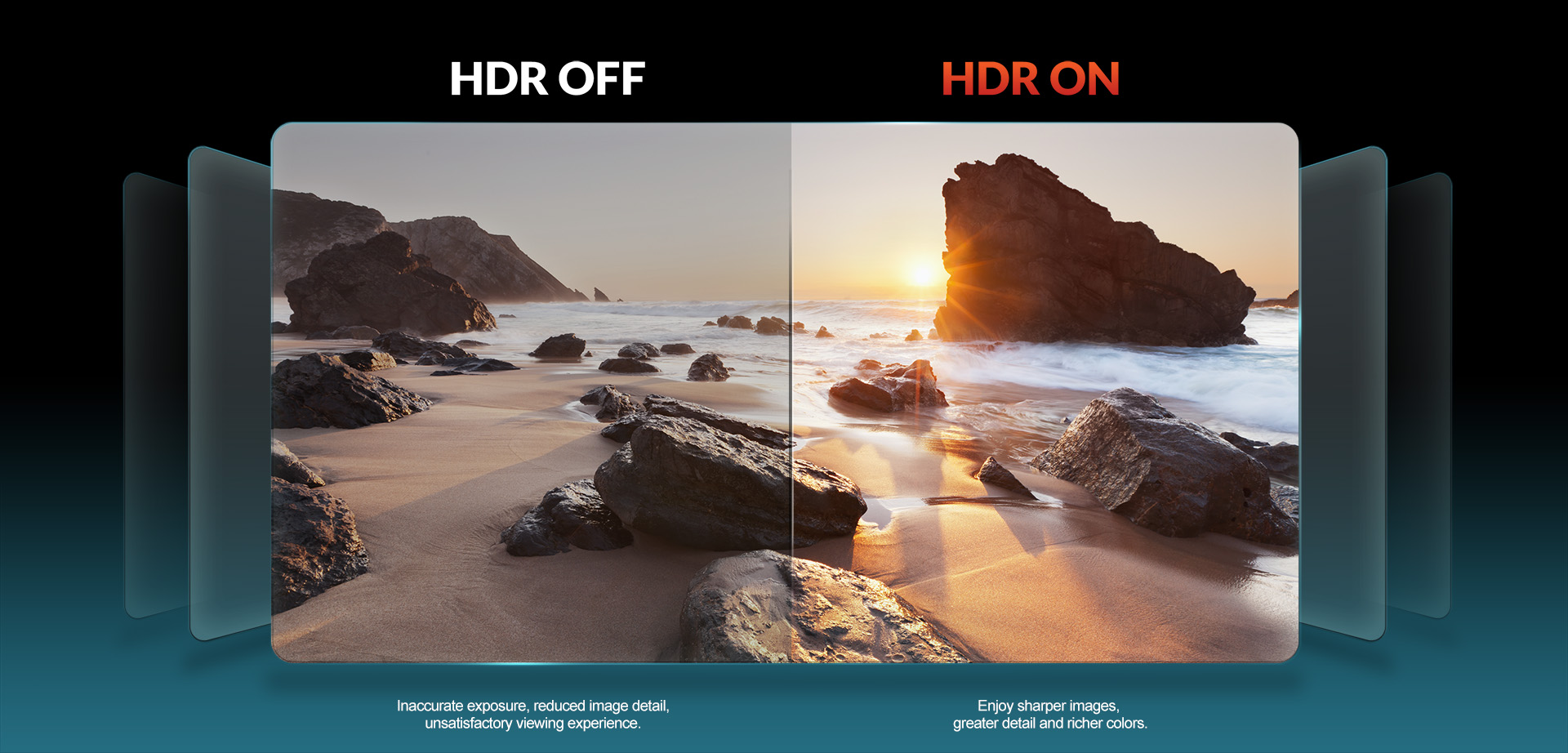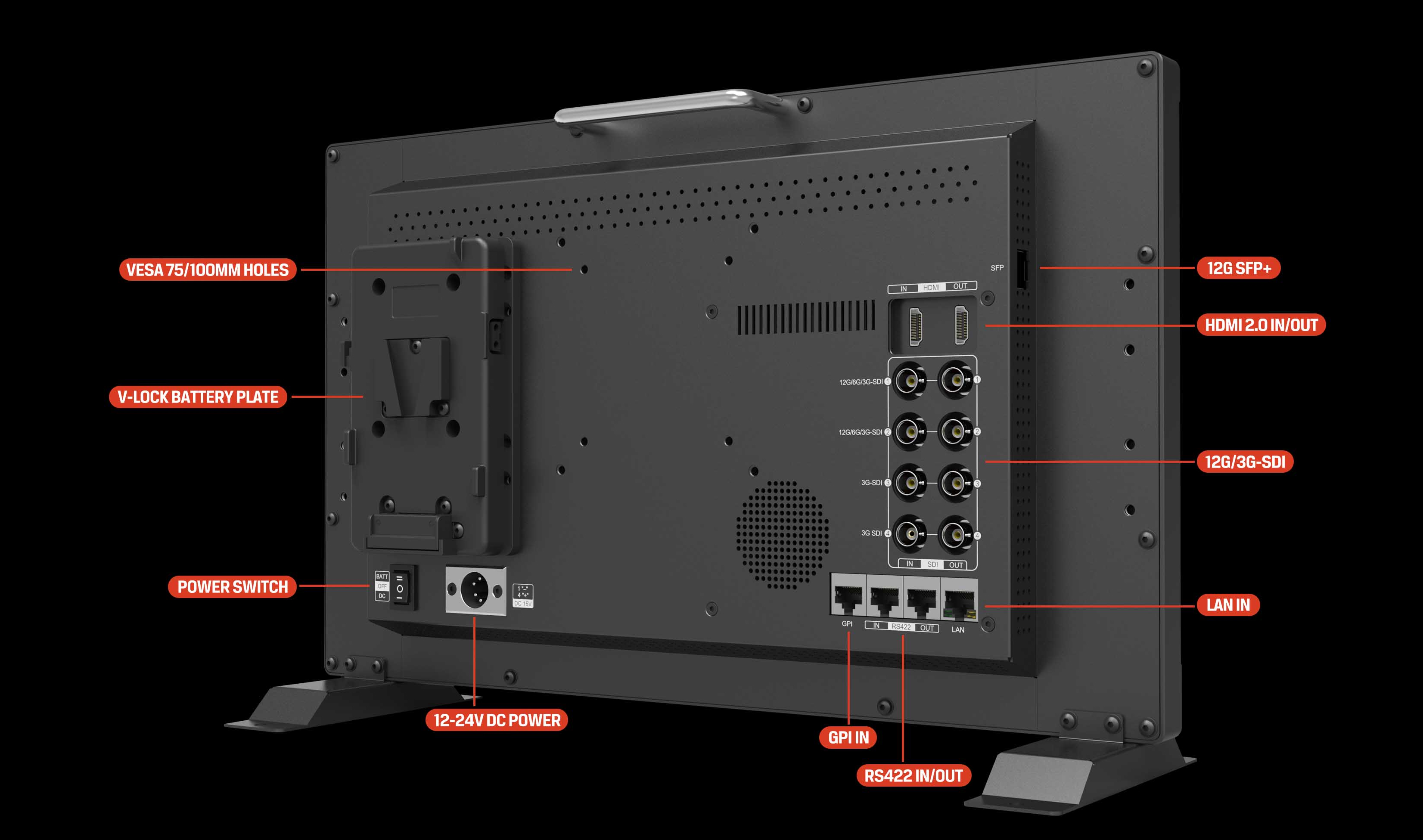LILLIPUT Q15 15.6-inch 12G-SDI/HDMI Broadcast Production Monitor
Support standard 12G-SDI input, 3G-SDI input
support Single-Link,Dual-Link and Quad-Link signals
Support HDMI 2.0/ 1.4 inputs and loop outputs.
Support SFP input, optical module for optional.
Input signals support up to 3840×2160 3840×2160 60/ 59.94/ 50/ 30/ 29.97/ 25/ 24/ 23.98p and 4096×2160 60/ 59.94/ 50/ 48/ 47.95/ 30/ 29.97/ 25/ 24/ 23.98p; Signal Loo pout.
Monitor control via GPI/ RS422/ LAN.
Support customized various waveform mode: Waveform/ Vector/ Histogram/ Audio Vector/ Level Meter.
HDR display supporting ST 2084/ Hybrid Log Gamma.
Custom 3D LUT file load through USB.
Gamut supporting SMPTE-C/ Rec709/ EBU.
Color Space/ HDR/Gamma / Camera Log comparison with original (side by side).
Color Temperature: 3200K/ 5500K/ 6500K/ 7500K/ 9300K/ User.
LILLIPUT Q15 15.6-inch 12G-SDI/HDMI Broadcast Production Monitor
Color Temperature According to the different senses of the pictures, filmmaker have their own preferences for different color temperatures. The default is 3200K / 5500K / 6500K / 7500K / 9300K five color temperature conditions, can also be customized according to user needs. Gammas Gamma redistributes tonal level closer to how our eyes perceive them. Since Gamma value is adjusted from 1.8 to 2.8, more bitswould be left to describe the dark tones where the camera is relatively less sensitive. Audio Vector (Lissajous) The Lissajous shape is generated by graphing the left signal on one axis against the right signal on the other axis. It used to test the phase of mono audio signal and phase relationships depends on its wavelength.Complex audio frequency content will make the shape look like a complete mess so it is usually used in post production. HDR When HDR is activated, the display reproduces a greater dynamic range of luminosity, allowing lighter and darker details to be displayed more clearly. Effectively enhancing the overall picture quality. Support ST2084 300 / ST2084 1000 / ST2084 10000 / HLG. 3D-LUT 3D-LUT is a table for quickly looking up and output specific color data. By loading different 3D-LUT tables, it can quickly recombine color tone to form different color styles. Built-in 3D-LUT, featuring 17 default logs and 6 user logs. 3D LUT LOAD Supports loading the .cube file via USB flash disk.
FEATURES
15.6" 3840 x 2160 Resolution Monitor
Supports up to DCI 4K Input
Supports Accurate Color Calibration
HDR Support, Load Custom 3D LUTs
176° H/V Viewing Angle
330 cd/m² Brightness
1000:1 Contrast Ratio
On-Screen Markers, Focus Peaking
XLR 4-Pin 12-24 VDC Power Input
HDR and 3D LUTs
When HDR is activated, the display reproduces a greater dynamic range of luminosity, allowing for colours and lighter and darker details to be displayed more clearly. You can use preset Logs or load your custom LUTs in .cube format via the front panel USB port.
Audio
The monitor can display the Lissajous shape, most useful when used in audio post-production work for detecting phase variance.
Assignable Buttons
Using the four assignable buttons on the front panel, you can quickly turn any four essential monitoring tools on and off without venturing into the monitor's menu system.
Remote Control
The monitor supports RS-422 via discrete in and out RJ45 connectors. This allows you to control the monitor from computer applications, as well as link multiple monitors together.
Calibration
The monitor supports colour calibration using an optional PRO/LTE version of LightSpace CMS, to ensure your monitor is displaying your image accurately.
Fibre
An integrated slot accepts an optional SFP+ module, should you require an SFP+ fibre connection.
Monitoring Tools
Peaking
Check field
Image rotation/flip
Overscan
Underscan
Image freeze
Pixel-to-pixel
False colour
Exposure
Histogram
Timecode (SDI-only)
Aspect ratio selection
Screen markers
Colour space
HDR
Colour temperature adjustment
 |
The 12G SDI inputs allow the units allow for multiple configurations of input. Single Link, Dual Link, and Quad link inputs mean you can use a either a single input or conjoined inputs to make up your 4K video input signal. This opens up the input workflow for the multiple types of camera to be attached into the monitor depending on the usage and configuration of the video capture environment. |
 |
Audio Vectoring - The Lilliput Q15 allows for the visualization of the input audio using a Lissajous graph system. A graph is represented on screen, with two intersecting lines forming a cross. The line from top left to bottom right measures the left hand part of the stereo field, while to line from top right to bottom left measures the right hand part of the stereo field. The crossover of the two lines is the centre balance, and the audio field will create a specific shape in the graph to represent your input audio. |
 |
The optional 12G-SFP module allows for the receiving of broadcast quality transmission level video data over a fiber optic connection. Used by a great many TV broadcasters, Fiber-optic input is a the industry standard in control room video transfer technology. |
 |
With HDR activated (HDR 10), the display produces a much greater dynamic range of luminosity, allowing lighter and darker details to be displayed more clearly - effectively enhancing the overall picture quality. |
 |

